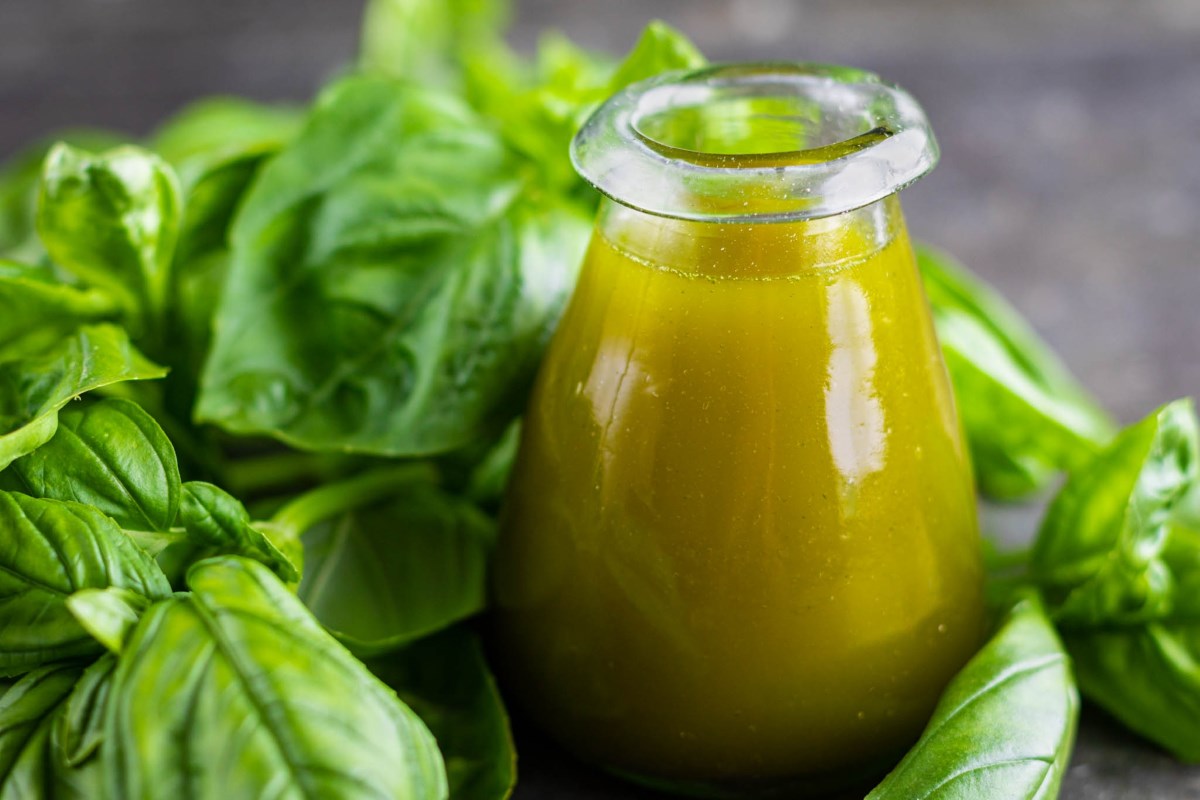

Articles
How To Store Basil In Olive Oil
Modified: August 20, 2024
Learn how to store basil in olive oil with our informative articles. Find tips and tricks to preserve the freshness and flavor of basil for your culinary creations
(Many of the links in this article redirect to a specific reviewed product. Your purchase of these products through affiliate links helps to generate commission for Storables.com, at no extra cost. Learn more)
Introduction
Welcome to the world of aromatic herbs and flavorful oils! If you’re a fan of basil and olive oil, you’re in for a treat. In this article, we’ll explore the art of storing basil in olive oil to preserve its freshness and enhance its flavor. Whether you have a bountiful basil harvest from your garden or have picked up a large bunch from the grocery store, storing basil in olive oil is a fantastic way to make the most of this versatile herb.
Why store basil in olive oil, you might wonder? Well, there are several benefits to this method. First and foremost, it allows you to extend the shelf life of your basil. Fresh basil leaves tend to wilt and lose their vibrant green color fairly quickly. By immersing the basil in olive oil, you create a barrier that helps to preserve its color, aroma, and flavor for a longer period.
Furthermore, storing basil in olive oil creates an infused oil that adds a delightful basil flavor to dishes. You can use this basil-infused oil in a variety of culinary creations – from sautéing vegetables to drizzling it over salads, pasta, or crusty bread. The possibilities are endless!
Before we dive into the specifics of storing basil in olive oil, let’s discuss how to choose the right basil and olive oil. Quality ingredients are key to ensuring the best results.
Key Takeaways:
- Preserve the vibrant flavor and color of basil by storing it in olive oil. Enjoy extended shelf life, versatile culinary uses, and enhanced flavor in your dishes.
- Whether freezing or infusing, storing basil in olive oil opens up a world of culinary possibilities. Elevate your dishes with the delightful essence of basil-infused oil.
Read more: How To Store Olive Oil Cake
Benefits of Storing Basil in Olive Oil
Storing basil in olive oil offers a range of benefits that both home cooks and culinary enthusiasts can appreciate. Let’s explore some of the advantages of this preservation method:
- Extended Shelf Life: Basil leaves are delicate and can quickly wilt and lose their fresh aroma and flavor. By storing basil in olive oil, you can extend its shelf life and enjoy the herb for a longer period. The oil creates a protective barrier that helps to maintain the basil’s vibrant green color and preserve its essential oils.
- Basil-Infused Oil: Storing basil in olive oil creates a flavorful infusion that can be used in a variety of culinary applications. The oil absorbs the aromatic compounds present in the basil leaves, resulting in a delicious basil-flavored oil.
- Enhanced Flavor: The process of infusing olive oil with basil imparts a delightful flavor to the oil. This basil-infused oil can be used as a dipping sauce, salad dressing, marinade, or drizzled over cooked dishes to add a burst of basil essence.
- Versatility: Basil-infused olive oil adds a unique touch to a wide range of recipes. It can be used in pasta dishes, sauces, soups, grilled vegetables, and even as a finishing touch for pizzas. The delicate basil flavor complements various ingredients and enhances the overall taste of your dishes.
- Convenient Storage: Storing basil in olive oil provides a convenient way to preserve the herb. You can make batches of basil-infused oil and store them in airtight containers in your pantry or refrigerator for easy access. This allows you to enjoy the flavor of fresh basil throughout the year, even when the herb is out of season.
These benefits make storing basil in olive oil a popular choice among home cooks and food enthusiasts. Now that we understand the advantages, let’s move on to selecting the right basil and olive oil for the process.
Choosing the Right Basil and Olive Oil
When it comes to storing basil in olive oil, selecting the right ingredients is crucial for optimal flavor and quality. Let’s take a look at how to choose the best basil and olive oil for the process:
1. Basil: The quality of the basil you use will greatly impact the flavor of your infused oil. Look for fresh basil leaves that are vibrant green in color and free from blemishes or signs of wilting. You can either grow your own basil or purchase it from a reputable source like a local farmer’s market or grocery store. Common varieties of basil such as Genovese basil, Thai basil, or sweet basil work well for this process.
2. Olive Oil: The choice of olive oil is equally important. Opt for extra virgin olive oil, as it is the highest quality and offers the best flavor. Extra virgin olive oil is extracted from olives using a cold-press method, retaining its natural characteristics. Look for olive oil that is labeled as “cold-pressed” or “first-pressed” to ensure the best quality. It’s also advisable to choose a mild or fruity olive oil, as a strong and robust oil may overpower the delicate flavor of the basil.
3. Organic Options: If possible, consider using organic basil and olive oil. Organic ingredients are grown without the use of synthetic pesticides or fertilizers, which can further enhance the flavor and quality of your infused oil.
4. Freshness: Ensure that both the basil and olive oil are fresh. Using stale or expired ingredients can negatively impact the flavor and safety of your basil-infused oil.
5. Personal Preferences: While there are general guidelines for selecting basil and olive oil, personal preferences also come into play. Experiment with different varieties of basil and olive oil to find the combination that suits your taste buds best.
By carefully selecting high-quality basil and extra virgin olive oil, you’ll set the foundation for a delicious and fragrant basil-infused oil. Once you have your ingredients ready, it’s time to prepare the basil for storage. Let’s dive into the next step of the process: preparing the basil leaves.
Preparing Basil for Storage
Before you can store basil in olive oil, it’s essential to properly prepare the basil leaves. Follow these steps to ensure your basil is ready for the preservation process:
- Harvesting or Purchasing Basil: If you’re growing basil in your garden, harvest the leaves in the morning when they are at their freshest. Gently pluck the leaves from the stems, being careful not to bruise or damage them. If you’re purchasing basil, inspect the leaves to ensure they are fresh and vibrant.
- Washing the Basil: Give the basil leaves a gentle rinse under cold water to remove any dirt or debris. Be cautious not to handle the leaves too roughly, as they can bruise easily. After washing, gently pat the basil leaves dry using a clean kitchen towel or paper towels.
- Removing Excess Moisture: Basil leaves contain natural moisture, which can affect the quality and longevity of the infused oil. To remove excess moisture, allow the basil leaves to air-dry for a few hours. You can spread them out on a clean kitchen towel or lay them on a baking sheet lined with parchment paper. Make sure the leaves are in a single layer to promote drying.
- Trimming and Discarding Stems: Once the basil leaves are dry, remove any remaining stems or tough parts from the leaves. Discard the stems and retain only the tender leaves for storage. This will ensure that your basil-infused oil has a smooth and pleasant texture.
- Chopping or Leaving Whole: Depending on your preference, you can either leave the basil leaves whole or chop them into smaller pieces before storing them in olive oil. Chopping the leaves may help release more flavor into the oil, but it’s also perfectly fine to leave them whole for a more visually appealing presentation.
- Measuring the Basil: Determine the quantity of basil you wish to store in olive oil. Consider the size of your storage containers and the amount of infused oil you intend to make. It’s a good idea to have approximately one cup of loosely packed basil leaves per cup of olive oil for a well-flavored infusion.
By properly preparing the basil leaves, you’ll ensure the best flavor and quality of your basil-infused olive oil. With the basil ready, it’s time to move on to exploring two popular methods of storing basil in olive oil: freezing and infusing.
Method 1: Freezing Basil in Olive Oil
Freezing basil in olive oil is a simple and effective way to preserve the flavor and aroma of the herb. This method allows you to have basil on hand throughout the year, even when it’s out of season. Follow these steps to freeze basil in olive oil:
- Prepare the Basil: Start by preparing the basil leaves as mentioned in the previous section. Harvest or purchase fresh basil, wash and dry the leaves, remove any stems, and chop them if desired.
- Measure the Basil and Olive Oil: Determine the quantity of basil you want to freeze. It could be a specific amount or a handful of leaves. Next, measure an approximately equal amount of olive oil. Extra virgin olive oil is recommended for its flavor and quality.
- Blanch the Basil (Optional): If you want to maintain the color and flavor of the basil leaves, blanching them before freezing can help. Bring a pot of water to a boil and carefully place the basil leaves into the boiling water for about 2 seconds. Then, immediately transfer them to an ice bath to halt the cooking process. Drain and pat the leaves dry before proceeding.
- Create Basil-Olive Oil Mixture: In a mixing bowl, combine the prepared basil leaves and olive oil. Stir gently to coat the leaves evenly with the oil. The oil will help protect the basil from freezer burn and preserve its freshness.
- Portion and Freeze: Divide the basil-oil mixture into desired portions. You can use ice cube trays, silicone molds, or small airtight containers for this purpose. Ensure that each portion is small enough for your intended use. Place the portions in the freezer, making sure they are flat and not touching each other.
- Label and Store: Once the portions are frozen solid, remove them from the ice cube trays or containers. Transfer the frozen basil-infused oil portions to labeled freezer-safe bags or airtight containers. Label them with the date to keep track of freshness. Store the containers in the freezer for up to 6 months.
When you need basil for your recipes, simply remove the desired number of frozen portions and thaw them in the refrigerator or at room temperature. The basil-infused oil will add a burst of flavor to your dishes, making them taste as if they were prepared with fresh basil.
Now that you know how to freeze basil in olive oil, let’s explore another method of infusing olive oil with basil for a more immediate flavor infusion.
Store fresh basil in a jar of olive oil to preserve its flavor. Make sure the basil is completely submerged in the oil and keep it in the refrigerator for up to a week.
Read more: How To Store Infused Olive Oil
Method 2: Infusing Olive Oil with Basil
Infusing olive oil with basil is a delightful way to create a flavorful and aromatic basil-infused oil that can be used in a variety of dishes. This method allows the basil to release its essential oils into the oil, resulting in a rich and fragrant infusion. Follow these steps to infuse olive oil with basil:
- Prepare the Basil: Start by preparing the basil leaves as mentioned earlier. Ensure that the leaves are clean, dry, and free from any stems or tough parts.
- Choose a Method: There are a few methods you can use to infuse the olive oil with basil: stovetop method, cold infusion, or warm infusion. The stovetop method is the quickest, while the cold and warm infusions take a longer time but result in a more delicate flavor. Choose the method that best suits your preferences and available time.
- Stovetop Method:
- In a saucepan, heat the desired amount of olive oil over low heat. Be careful not to let it reach its smoking point.
- Add the prepared basil leaves to the warm oil and gently stir to coat them.
- Allow the mixture to simmer on low heat for about 15-20 minutes, stirring occasionally. This gentle heating process helps the basil release its oils and infuse into the olive oil.
- Remove the saucepan from the heat and let it cool completely.
- Strain the oil through a fine-mesh sieve or cheesecloth into a clean, airtight container, discarding the basil leaves.
- Cold Infusion Method:
- In a clean, airtight container, layer the prepared basil leaves and pour olive oil over them, ensuring the leaves are fully immersed.
- Seal the container tightly and place it in the refrigerator for about 1-2 weeks. During this time, the basil will slowly infuse its flavor into the oil.
- After the desired infusion period, strain the oil through a fine-mesh sieve or cheesecloth to remove the basil leaves.
- Warm Infusion Method:
- In a clean, airtight container, layer the prepared basil leaves and pour room temperature olive oil over them until the leaves are fully covered.
- Seal the container tightly and place it in a warm location, such as a sunny spot or near a heat source, for 1-2 weeks. The natural warmth will aid in the infusion process.
- After the desired infusion period, strain the oil through a fine-mesh sieve or cheesecloth to remove the basil leaves.
Once you have strained the basil-infused olive oil, transfer it to a clean, airtight container for storage. Label the container with the date and store it in a cool, dark place such as your pantry or refrigerator. The infused oil will retain its flavor for several weeks to a few months, depending on the storage conditions.
Now that you’re familiar with both freezing basil in olive oil and infusing olive oil with basil, it’s important to understand best practices for storing basil-infused oil to maintain its quality and safety. Let’s explore those in the next section.
Storing Basil in Olive Oil: Best Practices
To ensure the quality and safety of your basil-infused oil, it’s important to follow some best practices for storage. Here are the key guidelines to keep in mind:
- Use Clean and Dry Containers: When storing basil-infused oil, make sure the containers are clean, dry, and free from any residue. Moisture can lead to spoilage or the growth of harmful bacteria.
- Airtight Seal: Ensure that the containers used for storing the basil-infused oil have a tight-fitting lid or cap. This will prevent oxygen from entering the container, which can cause the oil to oxidize and go rancid.
- Store in a Cool and Dark Place: Keep the basil-infused oil in a cool, dark location away from direct sunlight and heat sources. Exposure to light and heat can degrade the quality and flavor of the oil.
- Check for Signs of Spoilage: Regularly inspect the basil-infused oil for any signs of spoilage, such as mold, cloudiness, or an off odor. If you notice any of these signs, discard the oil immediately.
- Use within a Reasonable Timeframe: Basil-infused oil is best consumed within a few months to maintain its freshness and flavor. Olive oil, like any other oil, can eventually go rancid. Keep track of the date of preparation and aim to use the oil within 3-6 months.
- Refrigeration (Optional): While storing basil-infused oil in the pantry is generally sufficient, refrigeration can further prolong its shelf life. If you prefer, you can store the oil in the refrigerator, but keep in mind that the oil may thicken due to the cold temperature. Allow it to come to room temperature before using.
By following these best practices, you can enjoy the full flavor and quality of your basil-infused olive oil for an extended period. Now that you have successfully stored your basil in olive oil, let’s explore some safety precautions and guidelines to ensure the longevity and safety of your infused oil.
Safety Precautions and Storage Guidelines
While storing basil in olive oil is a fantastic way to preserve the herb’s freshness and flavor, it’s important to take certain safety precautions to prevent the growth of harmful bacteria and ensure the longevity of your infused oil. Here are some essential safety tips and storage guidelines to keep in mind:
- Use Fresh and High-Quality Ingredients: Start with fresh basil leaves and high-quality extra virgin olive oil. Using stale or low-quality ingredients can affect the taste and safety of the infused oil.
- Wash and Dry the Basil: Thoroughly wash the basil leaves before using them to remove any dirt or contaminants. Ensure the leaves are completely dry before infusing them in oil to prevent moisture from promoting bacterial growth.
- Properly Sterilize Containers: Clean and sterilize the containers or bottles you will use to store the basil-infused oil. This can be done by washing them with hot, soapy water, rinsing them well, and allowing them to air dry completely. Sterilizing containers helps minimize the risk of bacterial contamination.
- Avoid Cross-Contamination: Avoid using utensils or equipment that may introduce moisture or contaminants to the oil. Ensure that your hands, surfaces, and tools are clean and dry before handling the basil or olive oil.
- Discard the Basil after Infusing: Once you have infused the basil in olive oil, remove and discard the basil leaves. Leaving them in the oil can promote bacterial growth and spoilage.
- Do Not Store at Room Temperature for Extended Periods: Basil-infused oil, especially if there are water-based ingredients involved, can be a breeding ground for bacteria. To reduce the risk of bacterial growth, it’s advisable to refrigerate or freeze the oil, especially when using fresh basil or other fresh ingredients.
- Monitor for Signs of Spoilage: Regularly check the basil-infused oil for any signs of spoilage, such as a foul odor, cloudiness, or mold. If you notice any of these signs, discard the oil immediately.
- Label and Date the Bottles: Clearly label the containers with the date of infusion. This will help you keep track of freshness and ensure that you use the basil-infused oil within a reasonable timeframe.
- Use Safe Preservation Methods: Freezing and refrigeration are the safest methods for storing basil-infused oil. These methods help slow down bacterial growth and maintain the freshness and quality of the oil for an extended period.
- When in Doubt, Discard: If you have any concerns about the safety or quality of the basil-infused oil, it’s best to err on the side of caution and dispose of it. The health and well-being of you and your loved ones are paramount.
By following these safety precautions and storage guidelines, you can ensure that your basil-infused oil remains safe, flavorful, and enjoyable for culinary use. Now that you know how to store basil in olive oil and keep it fresh, let’s explore some creative culinary uses and recipes that incorporate basil-infused olive oil.
Culinary Uses and Recipes with Basil-infused Olive Oil
Basil-infused olive oil is a versatile and flavorful ingredient that can elevate a wide range of dishes. Its vibrant basil essence adds a delicious touch to various recipes. Here are some culinary uses and recipe ideas to inspire your creativity:
- Dressing for Salads: Drizzle basil-infused olive oil over fresh greens, tomatoes, and cucumbers for a light and refreshing salad dressing. Add a squeeze of lemon juice, a sprinkle of salt and pepper, and enjoy the vibrant flavors.
- Pasta Sauce: Use basil-infused oil as a base for a simple pasta sauce. Sauté garlic and onions in the oil, add your choice of tomatoes, and simmer for a delicious and fragrant sauce. Toss it with your favorite pasta and garnish with fresh basil leaves.
- Marinades for Grilled Vegetables: Mix basil-infused oil with balsamic vinegar, garlic, and herbs to create a flavorful marinade for grilled vegetables. Coat your vegetables in the marinade, let them sit for a while, and then grill to perfection.
- Basil Pesto: Combine basil-infused oil with fresh basil leaves, grated Parmesan cheese, pine nuts, garlic, and a pinch of salt to create a delightful basil pesto. Use it as a spread on sandwiches, a sauce for pasta, or a topping for grilled chicken or fish.
- Drizzled over Caprese Salad: Enhance the classic Caprese salad by drizzling basil-infused olive oil over the tomato, mozzarella, and basil combination. It will enhance the flavors and tie the ingredients together.
- Flavored Bread Dip: Serve a crusty baguette alongside a bowl of basil-infused oil as a dipping sauce. Add a sprinkle of salt, freshly ground black pepper, and even a pinch of red chili flakes for some heat.
- Roasted Vegetables: Toss your favorite vegetables in basil-infused oil before roasting them in the oven. The oil will add a lovely herbaceous flavor and help the vegetables achieve a crispy exterior.
- Frittatas and Omelettes: Add a drizzle of basil-infused oil to your frittata or omelette just before serving to infuse a burst of freshness and flavor.
- Bruschetta: For an Italian-inspired appetizer, toast slices of crusty bread, rub them with garlic, and top with diced tomatoes, fresh basil leaves, a sprinkle of sea salt, and a drizzle of basil-infused oil.
- Herb-infused Butter: Mix softened butter with a small amount of basil-infused oil to create a flavorful herb-infused butter spread. Use it on bread, grilled meats, or even to sauté vegetables.
These are just a few examples of how you can incorporate basil-infused olive oil into your cooking. Feel free to get creative and experiment with your own recipes and combinations. The basil-infused oil will add a delightful herbal note and elevate your dishes to new heights.
With so many culinary possibilities, storing basil in olive oil opens up a world of flavors. Now that you have explored various uses and recipes, it’s time to conclude.
Read more: How To Store Extra Virgin Olive Oil
Conclusion
Storing basil in olive oil is a wonderful way to preserve the freshness and flavor of this aromatic herb. Whether you choose to freeze basil in olive oil or infuse the oil with basil, both methods offer a range of benefits, including extended shelf life, a delightful basil-infused oil, enhanced flavor, versatility in culinary applications, and convenient storage.
By selecting the right basil and olive oil, properly preparing the basil leaves, and following best practices for storage, you can ensure the quality and safety of your basil-infused oil. Remember to use fresh ingredients, sterilize containers, and monitor for any signs of spoilage.
Once you have your basil-infused oil ready, the culinary possibilities are endless. Use it as a dressing for salads, a sauce for pasta, a marinade for grilled vegetables, or a flavorful drizzle over various dishes. The vibrant basil essence will enrich your culinary creations and impress your taste buds.
Whether you’re a seasoned chef or an enthusiastic home cook, the art of storing basil in olive oil will elevate your cooking to new heights. So, get creative, experiment with flavors, and enjoy the delicious benefits of basil-infused oil in your kitchen.
In conclusion, storing basil in olive oil is a simple yet effective way to preserve the essence of this aromatic herb while adding a burst of flavor to your dishes. So next time you have an abundance of fresh basil, don’t let it go to waste – store it in olive oil and savor the taste of freshness all year round.
Frequently Asked Questions about How To Store Basil In Olive Oil
Was this page helpful?
At Storables.com, we guarantee accurate and reliable information. Our content, validated by Expert Board Contributors, is crafted following stringent Editorial Policies. We're committed to providing you with well-researched, expert-backed insights for all your informational needs.
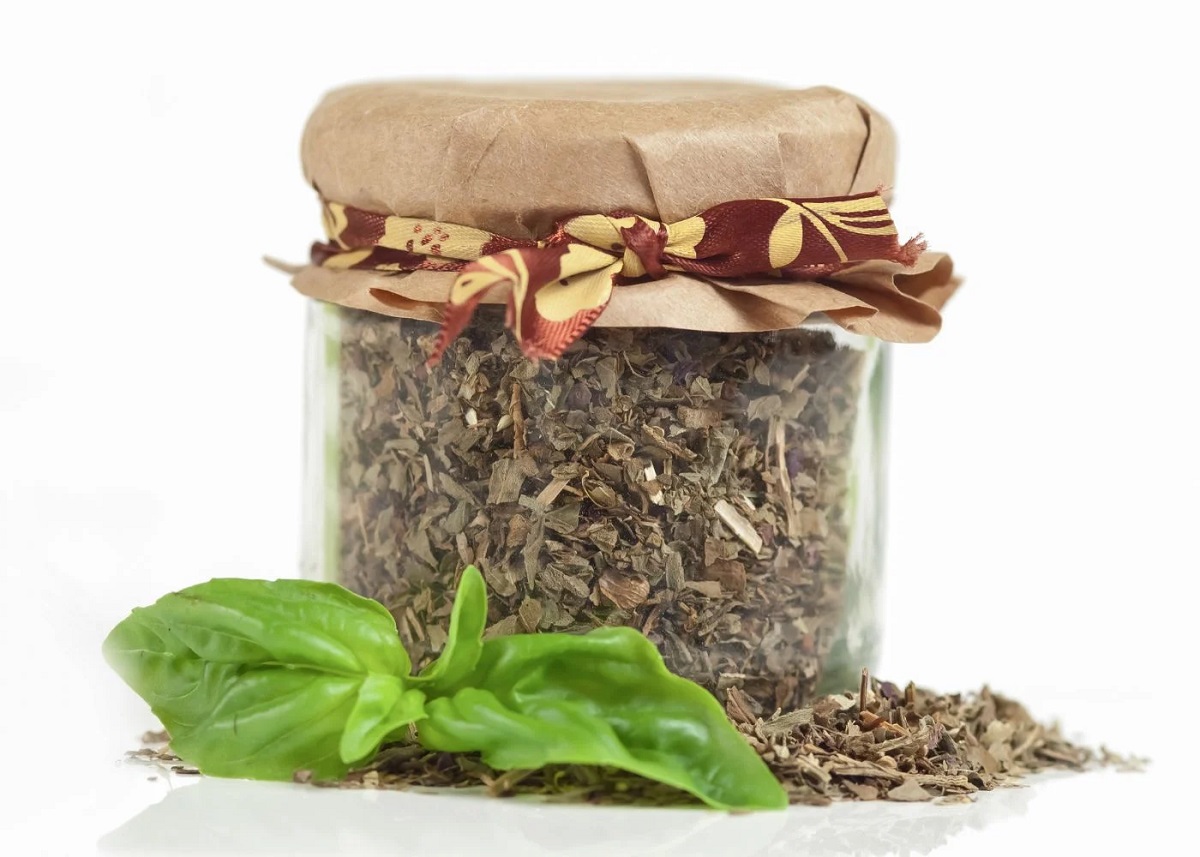
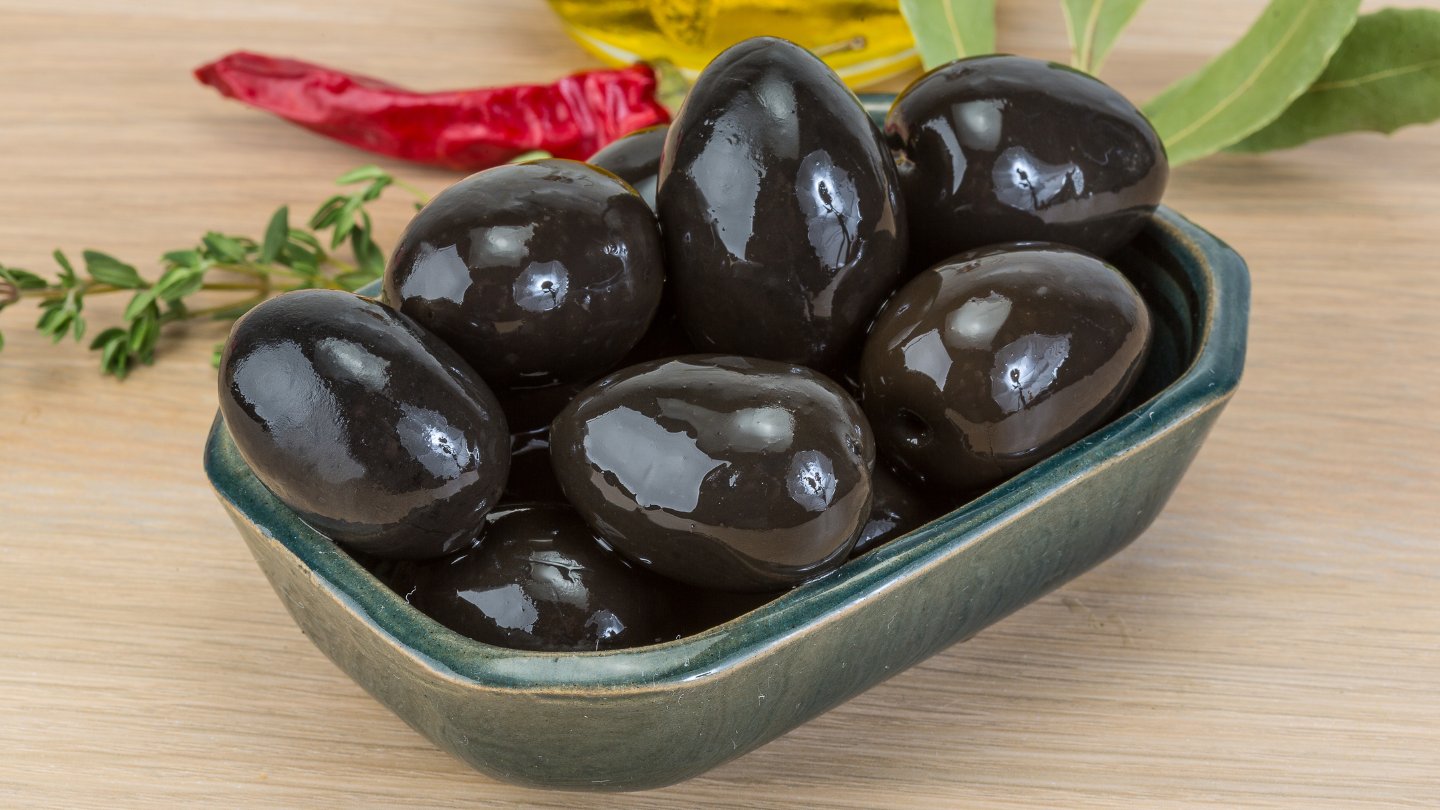
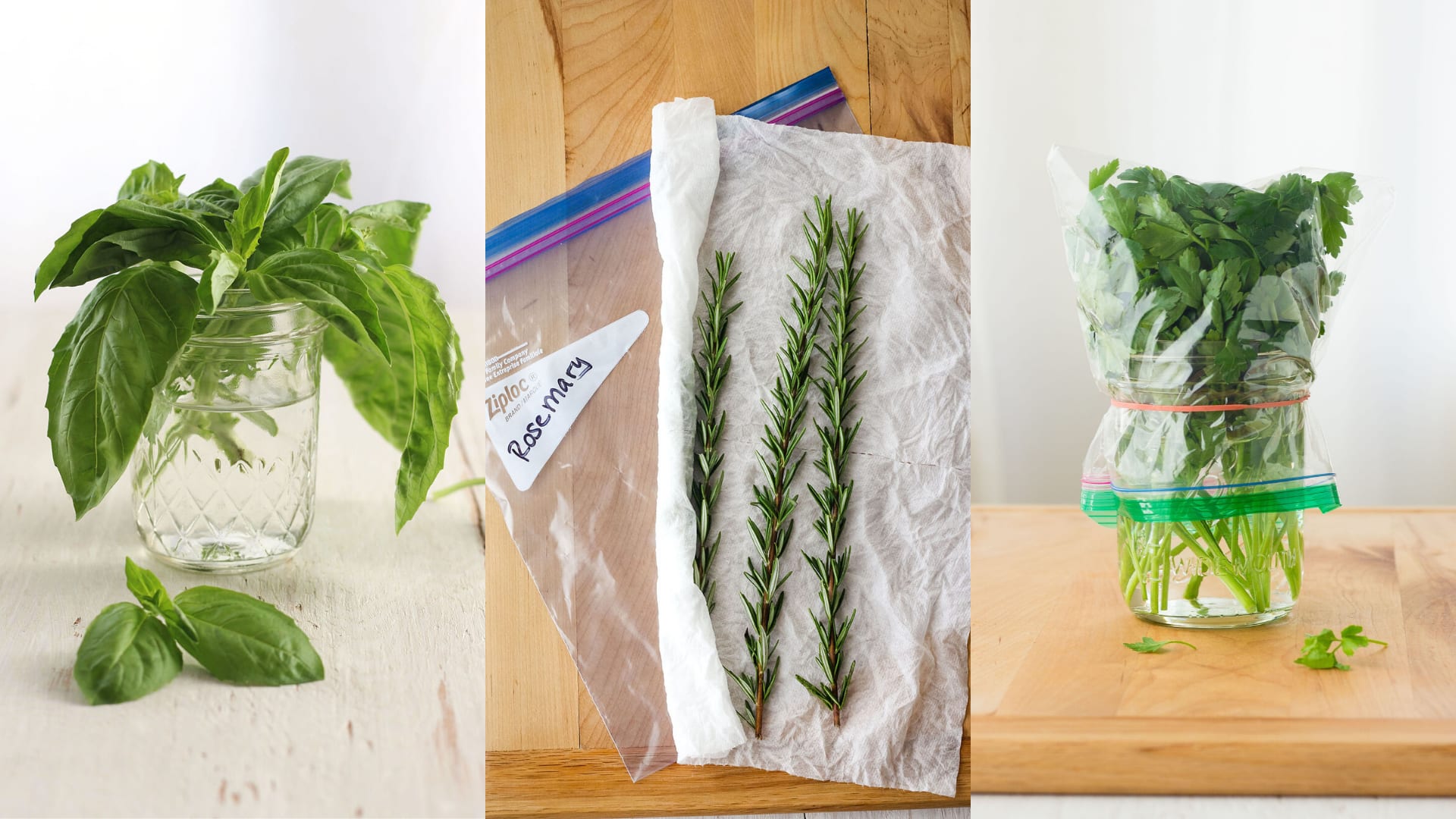
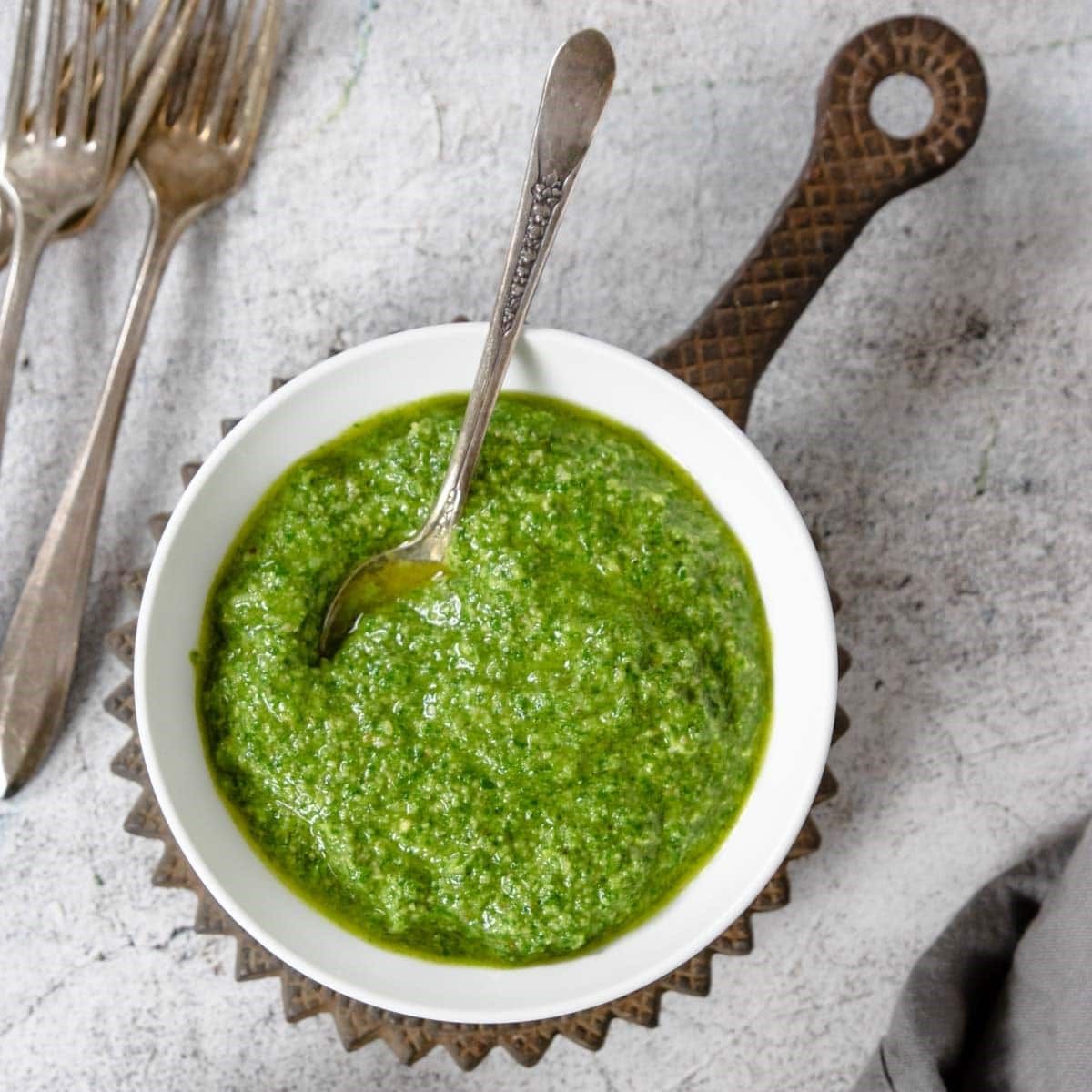

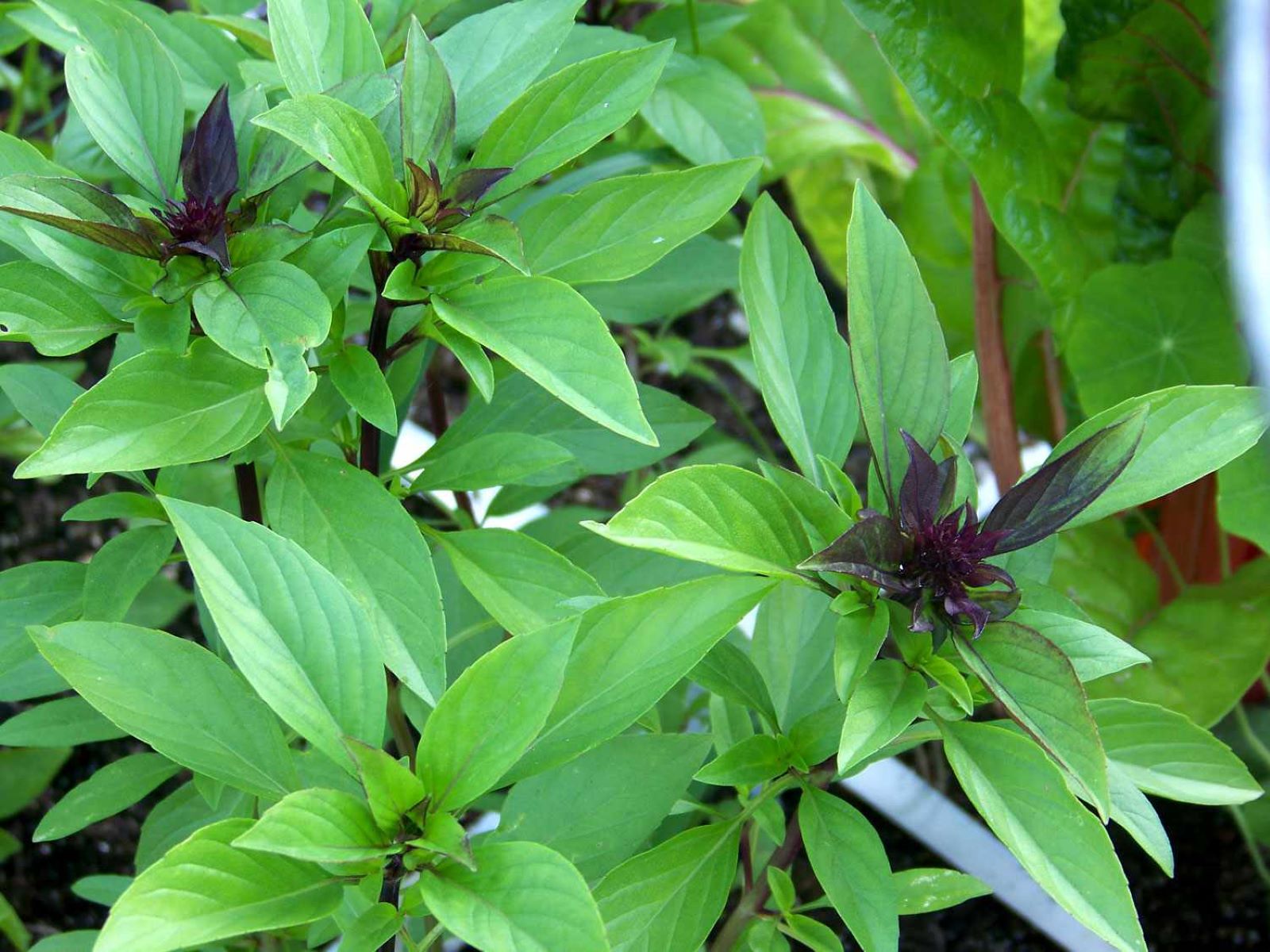
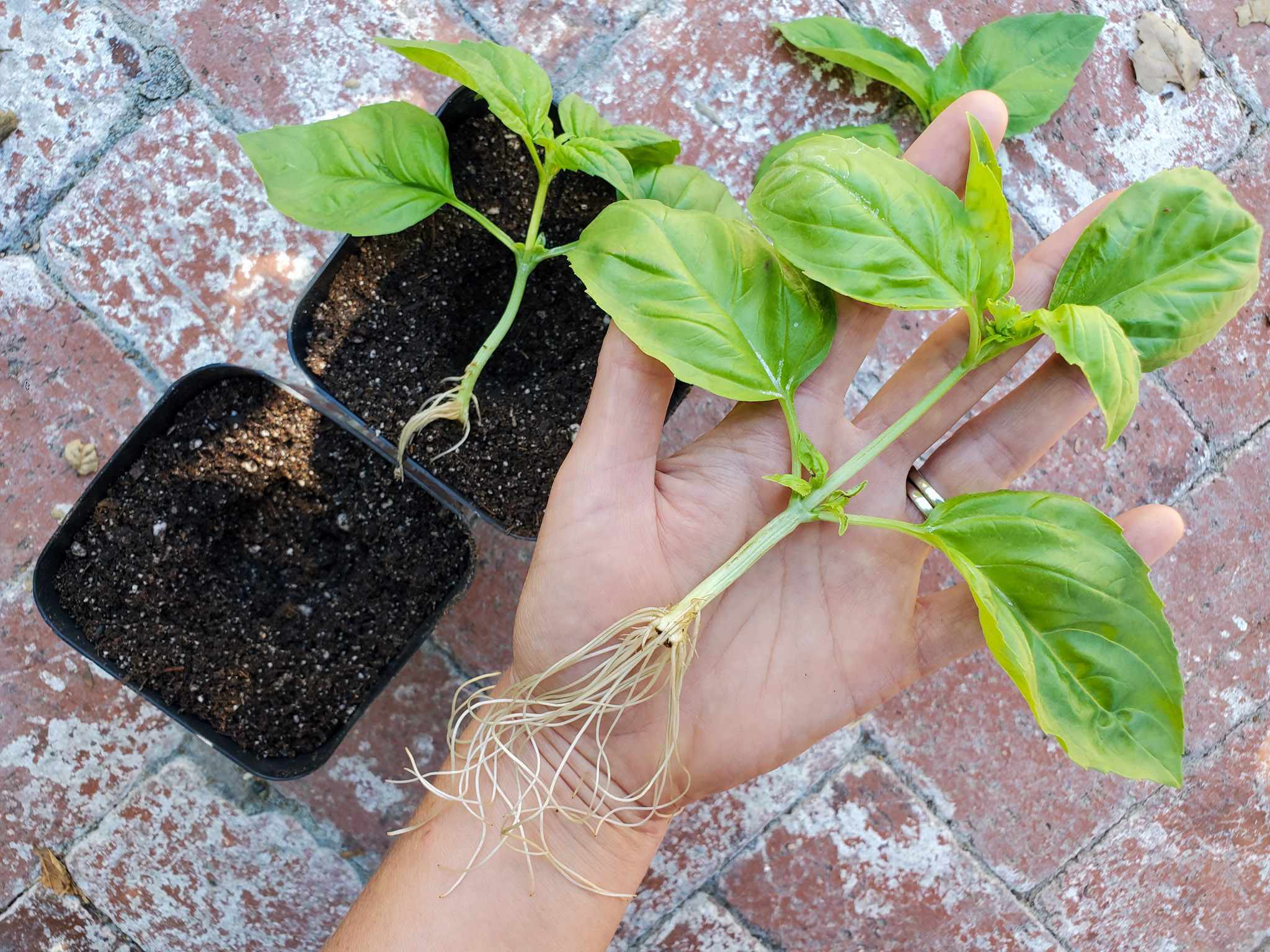
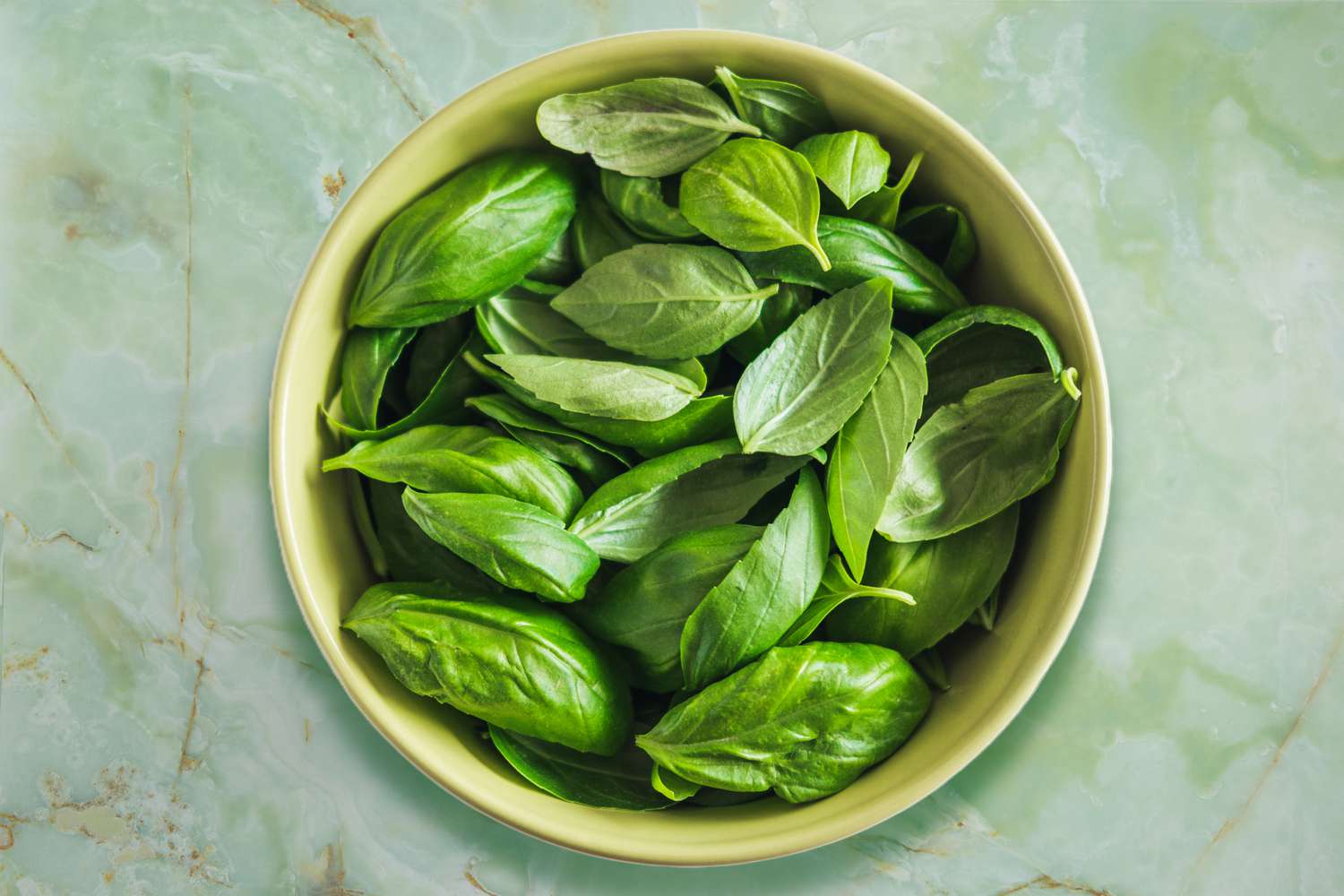


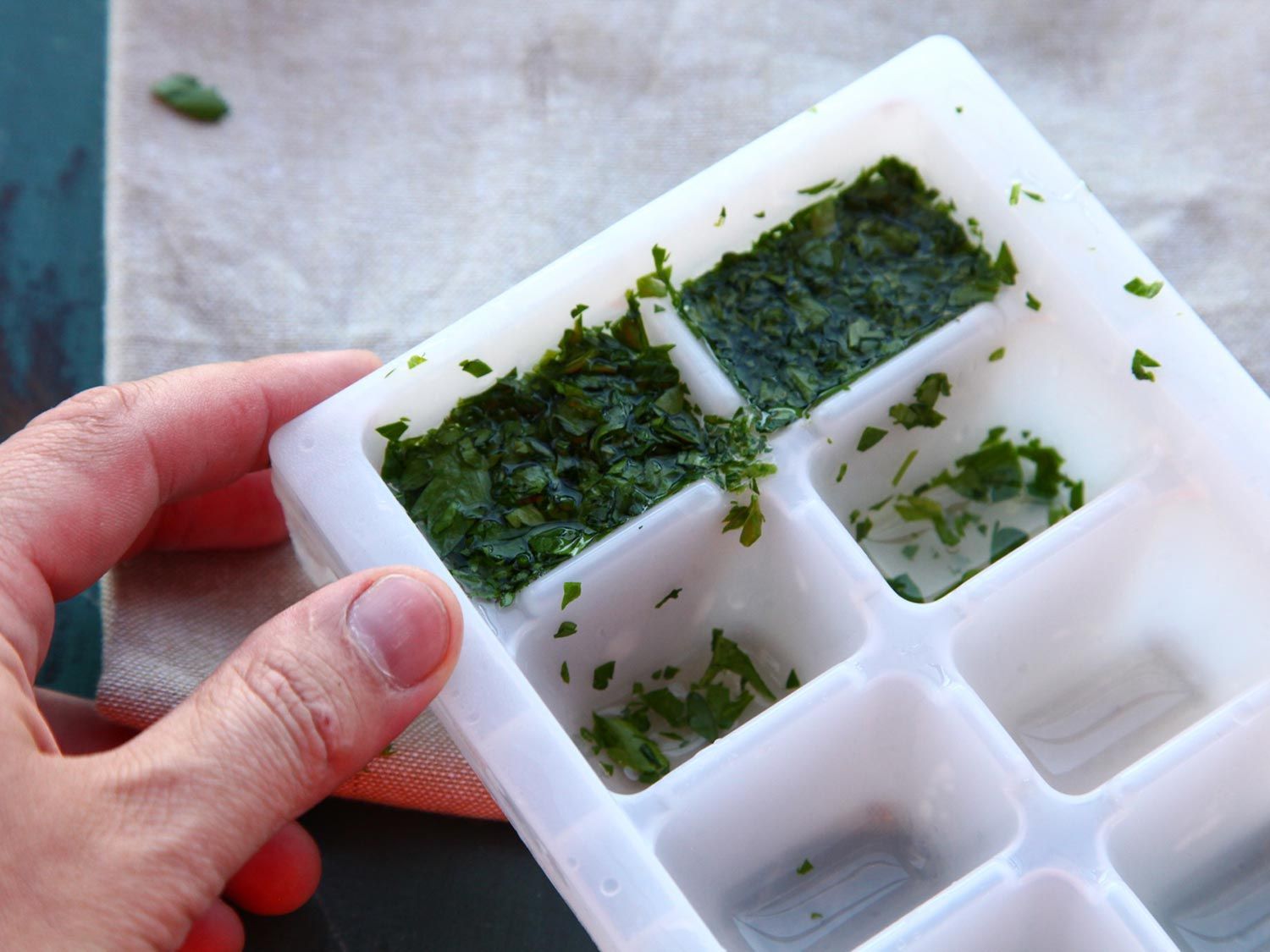
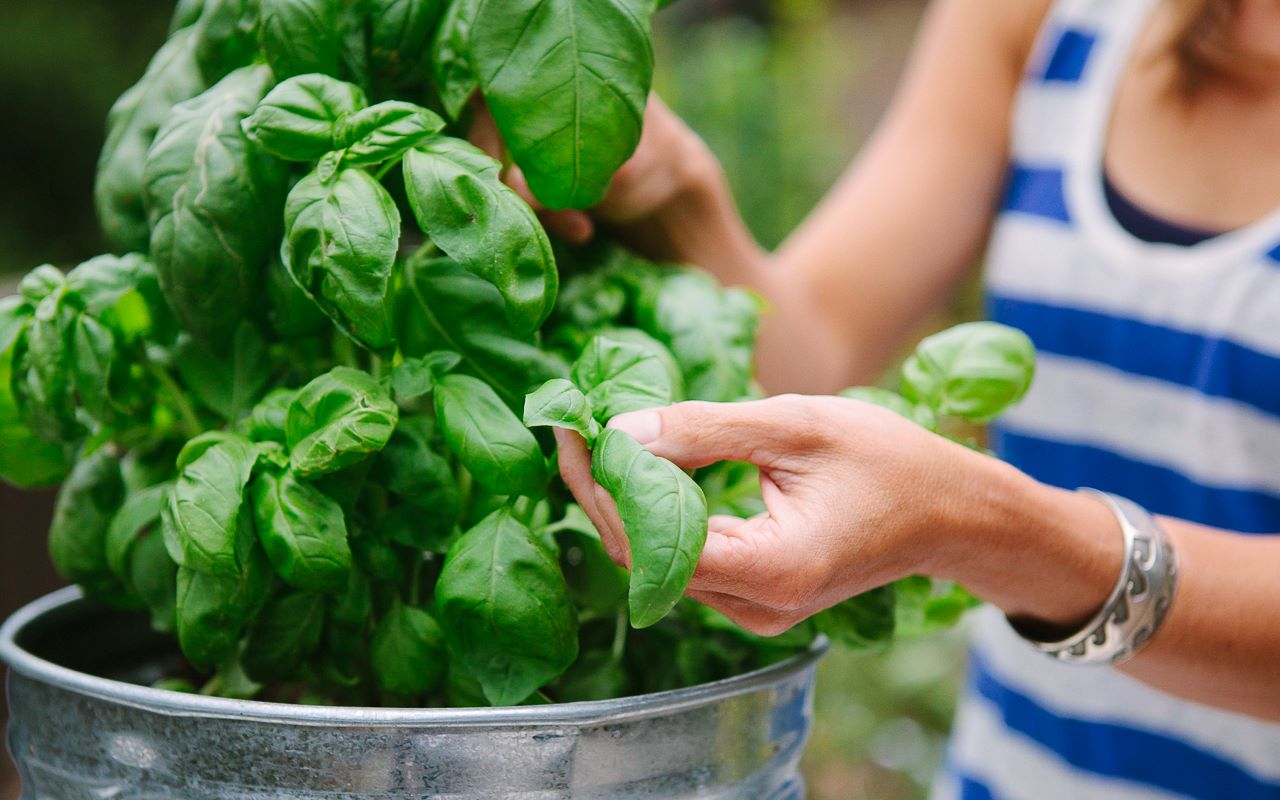
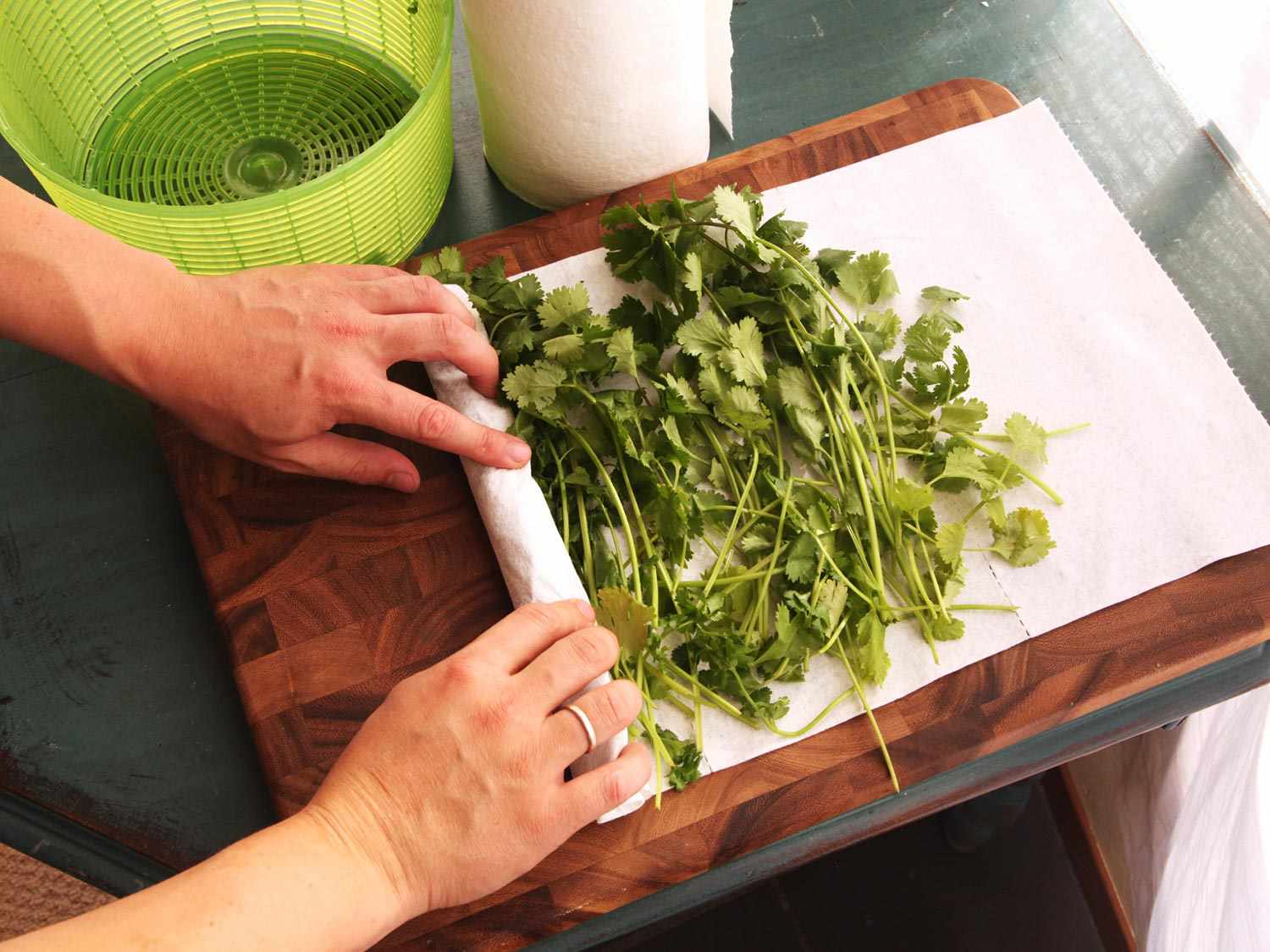

0 thoughts on “How To Store Basil In Olive Oil”